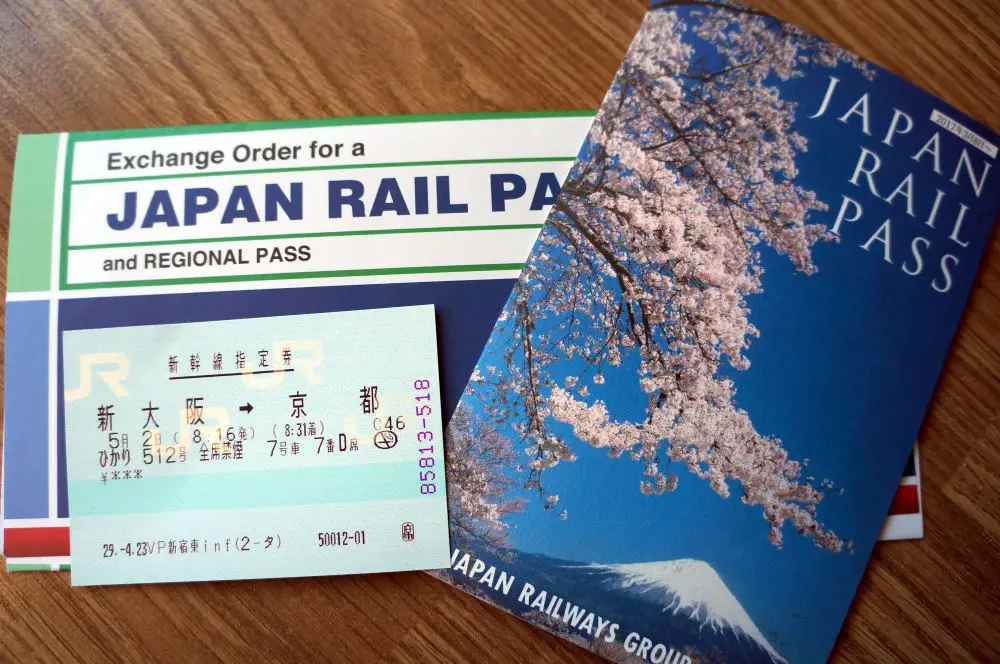The JR Pass gives you the opportunity to travel freely in Japan, for a set period of days (7, 14 or 21). This pass is amazing for travelers going to Japan and although is super practical, I’ve trouble understanding how the system is still so primitive. So here I am, geek mode ON, ready to talk about how I would innovate the JR Pass.
Entering/Leaving the train stations – For those who don’t know, whenever you use the JR Pass, you have to show it in the entrances and exits of the train station. It’s not practical at all. You can also tell that the workers don’t seem especially happy for this either, it seems troubling for them.
Reservations – You cannot reserve a train ticket in the machines that exist on the train stations, instead you’ve to go to a specific place to make your reservation and once you’re there, the clerk will put a stamp on your JR Pass. We are in 2017, even though I like to use stamps in my notebooks, in a company’s perspective, I don’t see this making any sense. All this logistic is complicated and unnecessary in my opinion. And let’s not forget that you are given a new ticket for each reservation that you make.
How would I innovate the JR Pass?

When you exchange your vouchers for passes, instead of receiving a paper card, you’d receive simply a card like SUICA. This card could be read in the entrances/exits and could be used to make reservations as well. This card could also have a password associated with it, which would be delivered at the same time that you would receive the card. With that password, you could access the JR Pass website and reserve or change your reservations online.
And when I talk about a card like SUICA, it could be just a regular SUICA card, which would allow you to have balance, but it would also have the information about the JR pass in there (similar to the mobile postpaid plans which allow to have balance outside of your postpaid plan).
This would allow facilitate both users and employees.
Each pass is valid for a certain period of time and it might avoid any human errors while looking at the pass that the user is presenting. I know Japanese are very strict but we are all humans and we are bound to make an error.
One thing that I think that the card might not address well is avoiding fraud. But I also don’t think that the current solution works very well either. The JR Pass can only be used by foreigners, not Japanese people so something would be required to make sure that the user was non-Japanese. However, when I was in Japan, neither me or my boyfriend were required to present your ids while using the JR pass and even though we don’t look Japanese, who could guarantee that we actually weren’t Japanese citizens?
And let’s not forget one very important thing: data. If all this information is available for the company they could easily analyze user trends and prevent misuse of the pass. For example, if someone reserved a seat in the shinkansen and then doesn’t use it, it would be easy to detect these cases. JR certainly doesn’t want to have reservations that aren’t used afterwards.
As an outsider, and seeing this for the first time, I can’t help but think that the JR pass is difficult to maintain and use. It might be my IT brain but I honestly see so much potential here. I would love to participate in a project like this!
If you’ve been to Japan before, what do you think? Did you consider the JR pass user friendly?
